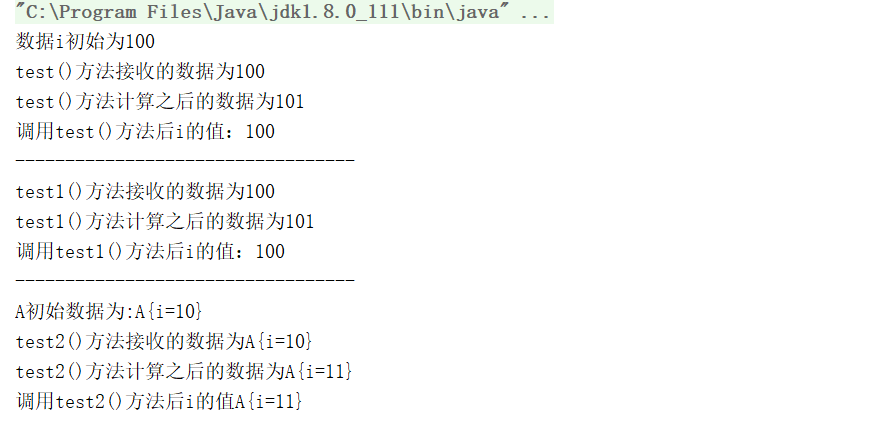- What are the differences between int and Integer? What are the basic types in Java and which reference types correspond to each other?
Answer: int is the basic type and Integer is the reference type. Integer is the encapsulation class of int.
int——Integer
float——Float
double——Double
byte——Byte
long——Long
char——Character
boolean——Boolean
short——Short
- What is auto-disassembly? How to realize automatic disassembly and packing?
Answer: Boxing means that when the value of a basic type of data is assigned to the corresponding reference type, it automatically converts to the reference type without forcing it.
It's the same with unpacking.
//Boxing: Converting basic types to wrapper class objects int i=10; Integer x=new Integer(i);Manual boxing Integer y=10;Automatic boxing //Unpacking: Converting wrapped class objects to basic type values Integer j=new Integer(8); int m=j.intValue();//Manual dismantling int n=j;//Auto-unboxing
- What is the maximum range of Integer classes? How to calculate the number beyond this range?
Answer: The maximum range is 0x80000000, or 2147483647. Over this range can be used LONG, over the range of LONG can be used
BigInteger.
- Is Java value passing or reference passing?
Answer: First of all, we need to clarify what is value passing and what is reference passing.
Value passing, passing the value of the data (note that if you pass a reference type, the value here refers to the reference type itself).
Reference transfer, the address of the data that refers to the past.
package lang;
public class Test {
public static void main(String[] args) {
int i = 100;
System.out.println("data i Initially for"+i);
test(i);//For the base type, the value passed is not the i itself, so the i in the main method is unchanged.
System.out.println("call test()After method i Value:"+i);
System.out.println("----------------------------------");
test1(i);//Although it's a reference type, it's also a passed value, because it's the wrapper type of the basic type, which is treated as the basic type int. So i in the main method hasn't changed either.
System.out.println("call test1()After method i Value:"+i);
System.out.println("----------------------------------");
A a = new A();
a.i = 10;
System.out.println("A The initial data is:"+a);
test2(a);
System.out.println("call test2()After method i Value"+a);
}
public static void test(int i) {
System.out.println("test()The data received by the method is"+i);
i++;
System.out.println("test()The data calculated by the method are as follows:"+i);
}
public static void test1(Integer i) {
System.out.println("test1()The data received by the method is"+i);
i++;
System.out.println("test1()The data calculated by the method are as follows:"+i);
}
public static void test2(A a) {
System.out.println("test2()The data received by the method is"+a);
a.i++;
System.out.println("test2()The data calculated by the method are as follows:"+a);
}
}
class A{
int i ;
@Override
public String toString() {
return "A{" +
"i=" + i +
'}';
}
}
The results are as follows:

So when the method parameter is the basic type, the value of the basic type is passed! When a method parameter is a reference type, it passes the value of the reference type itself!.
It doesn't matter whether it's a reference pass or a value pass, just figure out what's passed.